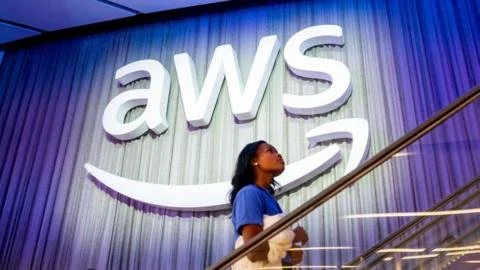When the Cloud Collapses: The Catastrophic AWS Outage That Shook the Internet
A devastating outage at Amazon Web Services (AWS) on Monday disrupted over 1,000 apps and websites, including major platforms like Snapchat, Lloyds, and Halifax. This downtime, which affected millions globally with reports peaking at 11 million, began around 07:00 BST and lasted for hours, forcing Amazon to throttle parts of its system. As users struggled to access a variety of services ranging from games like Fortnite to educational apps like Duolingo, experts expressed concerns over the reliance on a single provider for essential internet infrastructure.
Prof. Alan Woodward of the University of Surrey pointed out the interdependence of online services, reflecting how a malfunction in a dominant cloud provider can have widespread ramifications. Early reports logged around four million issues across 500 sites, a rate far exceeding typical weekday outages. Amazon attributed the disruption to problems with DNS resolution of the DynamoDB API endpoint in the US-EAST-1 region.
Matthew Prince, CEO of Cloudflare, emphasized the vast influence of cloud services, stating that while the cloud offers scalability, outages can incapacitate vital services. Cori Crider from the Future of Technology Institute compared the situation to a bridge collapse, highlighting the need for greater diversity in cloud service providers to protect our economy from monopolistic failures.
Computer science expert Ken Birman noted that companies utilizing AWS must take more proactive steps to safeguard their applications, suggesting that the responsibility for outages shouldn’t rest solely on Amazon. Recent trends show that such outages, while not uncommon, are increasing in scale, stressing the necessity for reliable backup systems. With around 70% of cloud computing dependent on a few major players, the article calls for a reevaluation of our reliance on these platforms to ensure a more resilient technological future.

